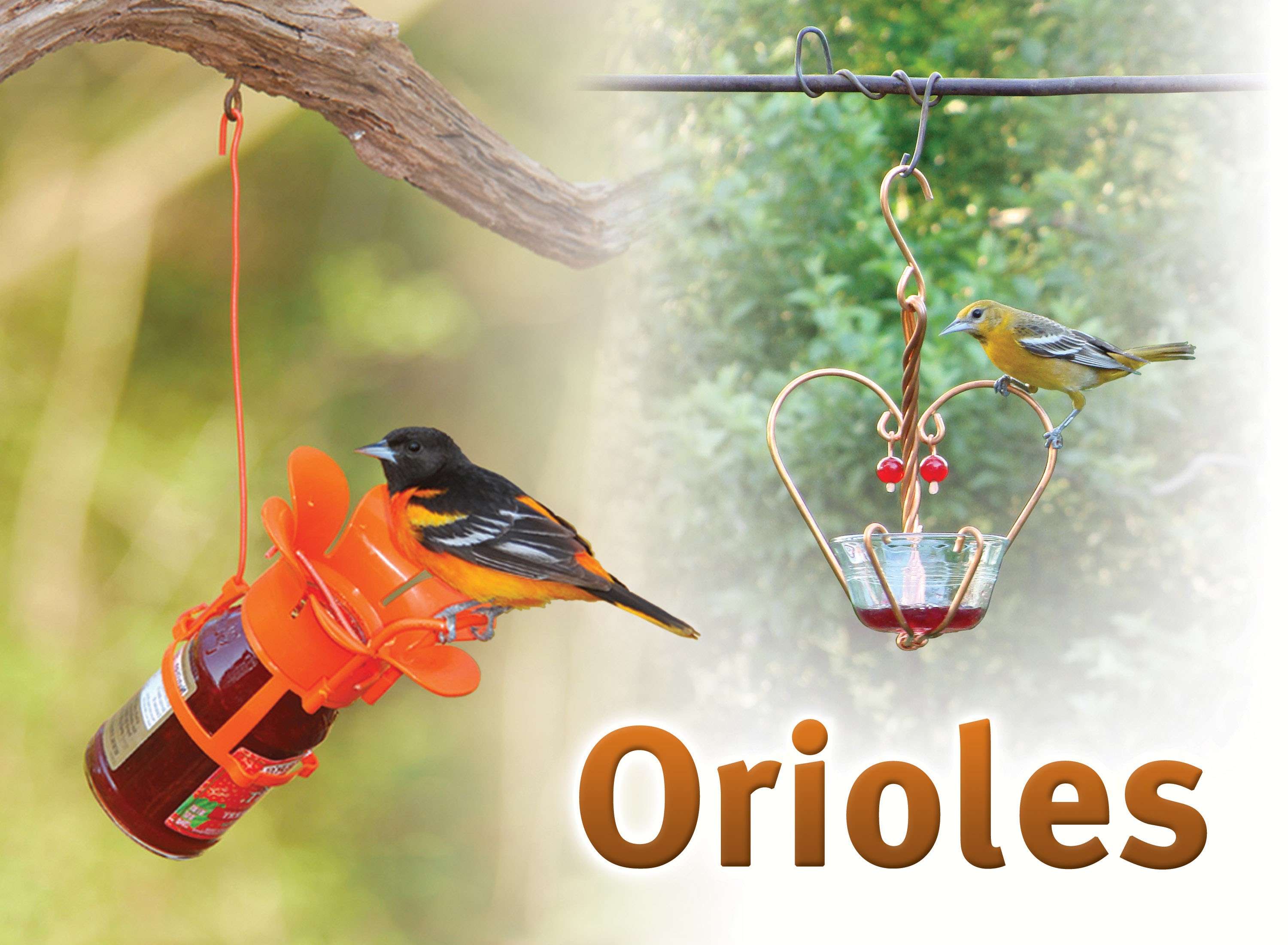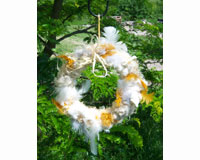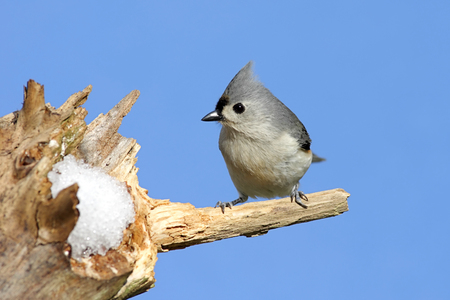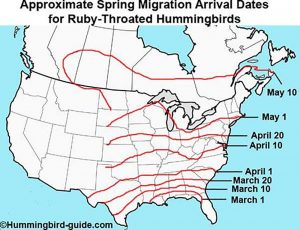A favorite backyard songbird is the small American Goldfinch, also known as the “Wild Canary” because of the bright yellow feathers on males during the summer breeding season. That’s right, Goldfinches are not bright gold year-round. In the fall, as the nesting season winds down and fall colors begin to appear, Goldfinches replace their worn, tattered feathers with a set of fresh, new feathers . (This is called “molting”; they also molt in the spring before breeding season.)
A favorite backyard songbird is the small American Goldfinch, also known as the “Wild Canary” because of the bright yellow feathers on males during the summer breeding season. That’s right, Goldfinches are not bright gold year-round. In the fall, as the nesting season winds down and fall colors begin to appear, Goldfinches replace their worn, tattered feathers with a set of fresh, new feathers . (This is called “molting”; they also molt in the spring before breeding season.)
The appearance of male Goldfinches changes drastically at this time. The brilliant yellow body feathers are replaced by dull brownish plumes, and the striking black cap disappears. Females also molt, but their colors don’t change — they’re typically olive brown on top and olive-yellow below.
American Goldfinches are also known for singing in flight, which adds to their cheerful, bouncing flying pattern.
Finches are non-migratory birds you can enjoy year-round, especially if you keep Finch feeders out. And if you don’t care for yard work, Goldfinches make it easy for you! They love dandelions. And no need to cut off the tops of your Marigolds, Zinnias, Cosmos, or Coneflowers either. Goldfinches love those seeds too.
Speaking of food…
Quality Food:
Goldfinches are primarily seed eaters, and a favorite is Nyjer Seed, which looks like grains of wild rice and contains the high fat and protein content they need.
A good idea is to mix Nyjer thistle seed with fine-chopped Sunflower Kernels. Some Finch species, such as the Pine Siskin, like this mix better than straight Nyjer.
All Finch mixes require a special feeder with very small openings and will eat seed after seed when feeding their young. Look for a feeder with plenty of openings, since they are social birds and usually look for food in small groups. (Did you know — a group of Goldfinches is called a CHARM?)
Since seeds tend to get packed down and moldy on the bottom of many feeders, leading to waste, look for a feeder that can be flipped. In other words, you can fill from the top one time and the bottom the next time. Mixing the old seed with the new when refilling will also help you attract more Finches.
In the summer months, Finches may prefer “meatier” seeds for their young, such as blacl< oil sunflower seeds and sunflower hearts.
A feeder we recommend is the Songbird EssentialsTM Spiral Feeder, since it has more openings per inch of feeder than most and does include the Flip N’Fill feature. Placing a feeder near shrubs is a good choice, so that the Goldfinches have a place to retreat to if they get frightened.
Clean, Fresh Water:
As with other wild birds, they need water for drinking and bathing. In fact, Goldfinches love to bathe, so including a bird bath or similar water source near the Nyjer seed feeder will increase your chances for success.
Safe, Secure Shelter:
Goldfinches are very good nest builders, often building them in a forked branch about five-ten feet above the ground. In fact, their cup-shaped nests (made of woven plant material, then lined with thistle or milkweed down) are nearly waterproof!
Most birds who use nesting boxes are cavity nesters in the wild, so Goldfinches may not use one. Still, it doesn’t hurt to put one out — blue birds and house wrens may enjoy it too! Since finches are small, bird houses that are about 6 inches wide by 8 inches deep and 12 inches tall would be appropriate. The entrance should be a 1 1/2″ hole.
Tips Brochure:
Goldfinch TIPs Trifold
















